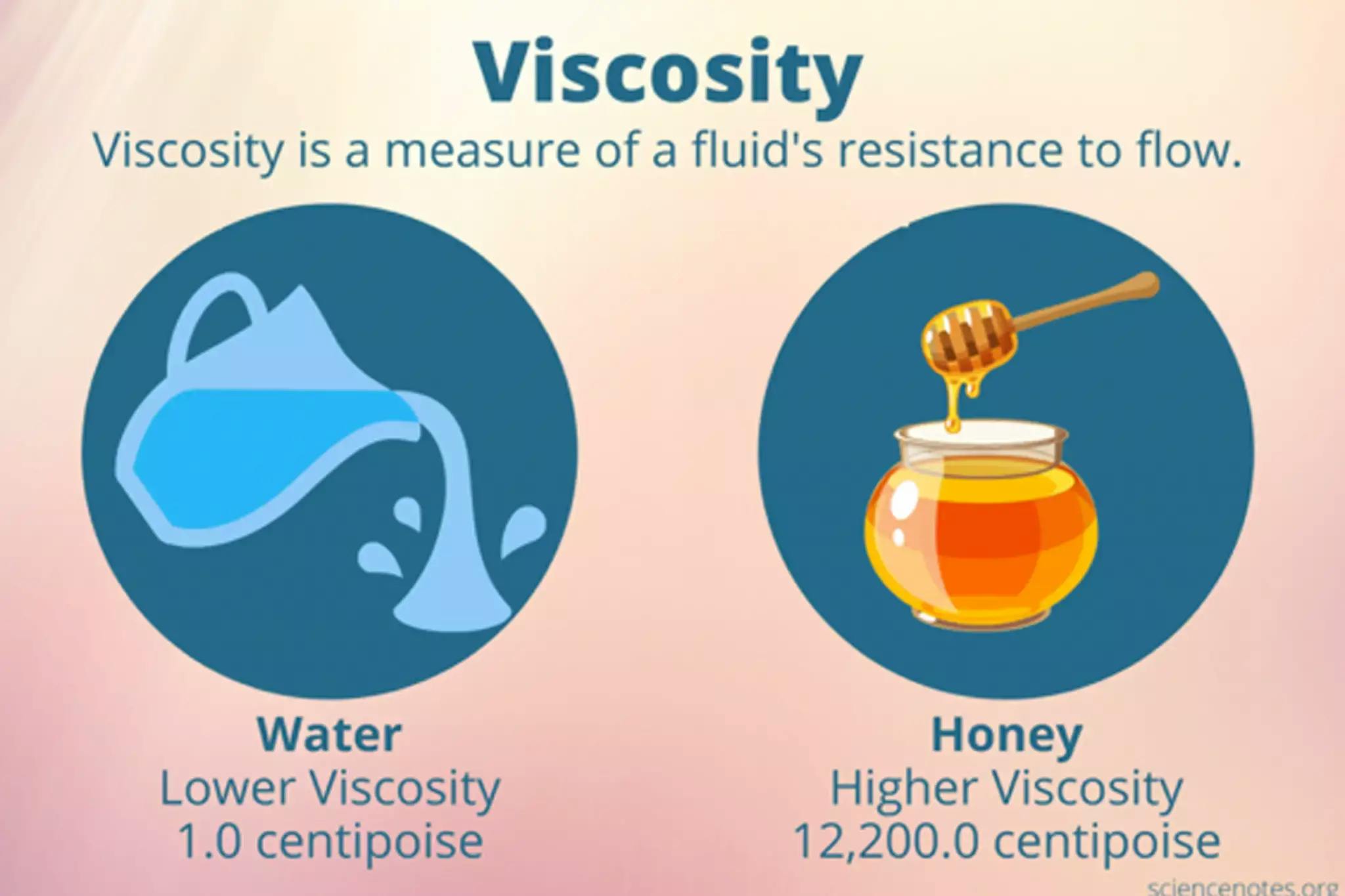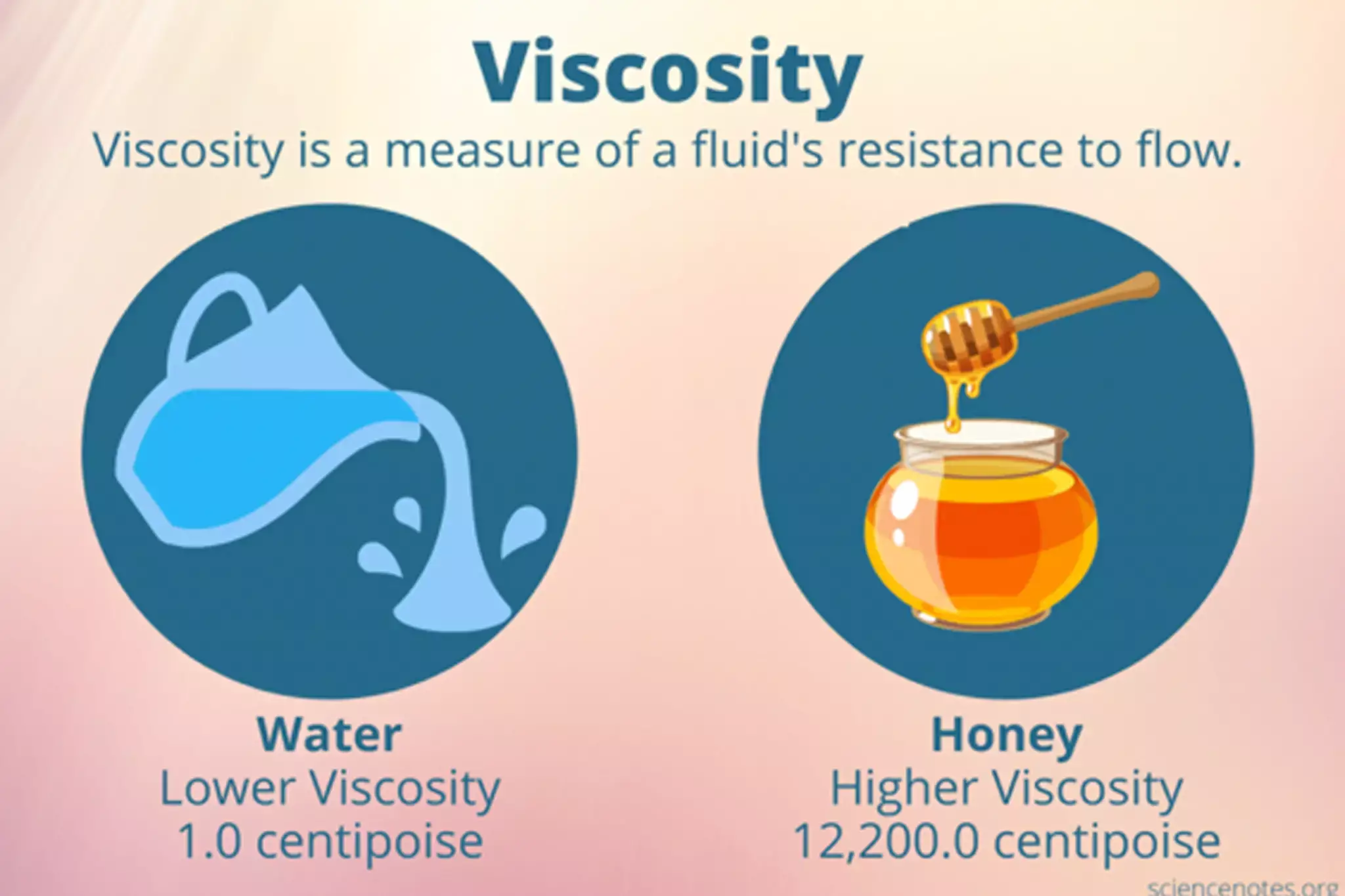When Viscosity Isn’t Constant
Fluids can be generally classified as Newtonian or non-Newtonian. Newtonian fluids have a constant viscosity for a given temperature and shear stress, regardless of the shear rate (rate at which shear is applied). For example, water and honey are Newtonian fluids – their viscosity doesn’t change with shear rate.
Non-Newtonian fluids have viscosities that do fluctuate as the shear rate changes. This change in viscosity with shear rate is sometimes referred to as shear thickening (increase in viscosity with increase in shear rate) or shear thinning (decrease in viscosity with decrease in shear rate). Adhesives are typically non-Newtonian fluids, so it’s important to keep the shear rate to a minimum during fluid application. This is one of the benefits of Designetics automated fluid application systems. Our e3 series systems use peristaltic pumps to move fluids gently during application, without causing shear.

Non-Newtonian fluids can be described as shear thickening or shear thinning.
Image credit: Wikipedia
And When Viscosity Varies Over Time
Environmental factors can also affect the viscosity of fluids. Case in point: Viscosity tends to increase at lower temperatures. This is because the molecules in the fluid move at a slower speed as temperature decreases, so they spend more time in contact with each other as they collide. This longer time in contact means the more friction is produced, which leads to a higher viscosity. Similarly, when the temperature increases, the molecules speed up and spend less time in contact with each other, producing less friction and leading to lower viscosity.
The viscosity of a fluid can also vary if the fluid’s properties change over time. For example, fluids such as primers include a base chemical, which can flash off over time. And as the base chemical flashes off, the viscosity of the fluid rises. So the viscosity at the end of a shift can be higher than at the beginning of the shift.
Choose a Partner Who Understands Fluids
Understanding the factors that cause a fluid’s viscosity to change, and how to mitigate or adapt to those changes, is critical when choosing a fluid applicator or automated system. At Designetics, our engineers and sales team have years of real-world experience with all types of fluids and viscosities. And we use a rigorous exploration process to understand your application and design an applicator or system that will provide an accurate, repeatable result every time. To discuss your unique fluid application requirements and challenges, give us a call or fill out our prototype request form.

